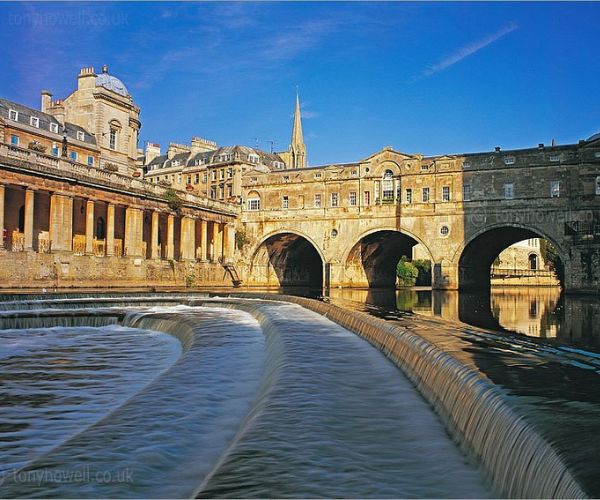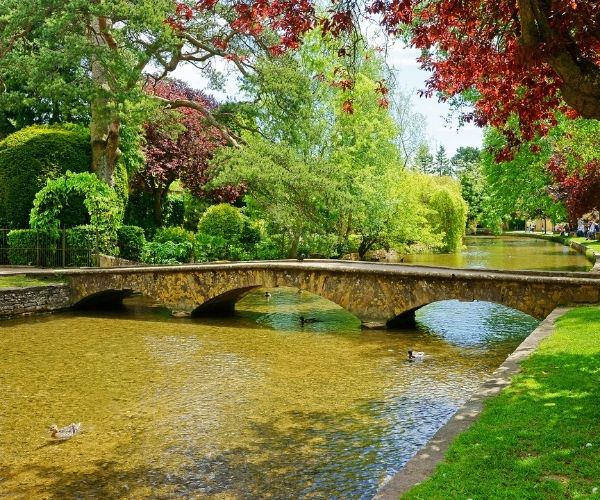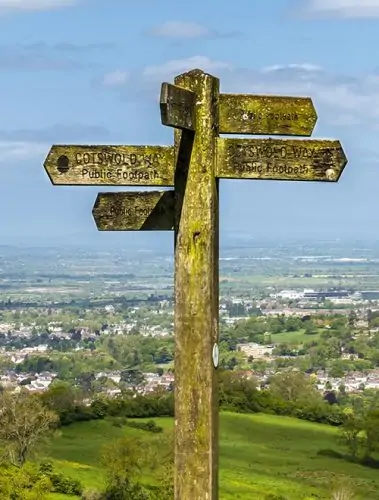Cotswolds History
The Cotswolds (AONB) incorporates many locations of historical interest, such as Bath, Cheltenham, and Cirencester – the Roman Capital of The Cotswolds. Other places of note, such as Shakespeare’s home, Stratford-upon-Avon, and the important academic seat of Oxford, sit just outside its borders. For those who love to steep themselves in history, there is an abundance of cathedrals, castles and stately homes to visit in the area. You can also find out more about what the Cotswolds is known for on our Cotswolds Guide.
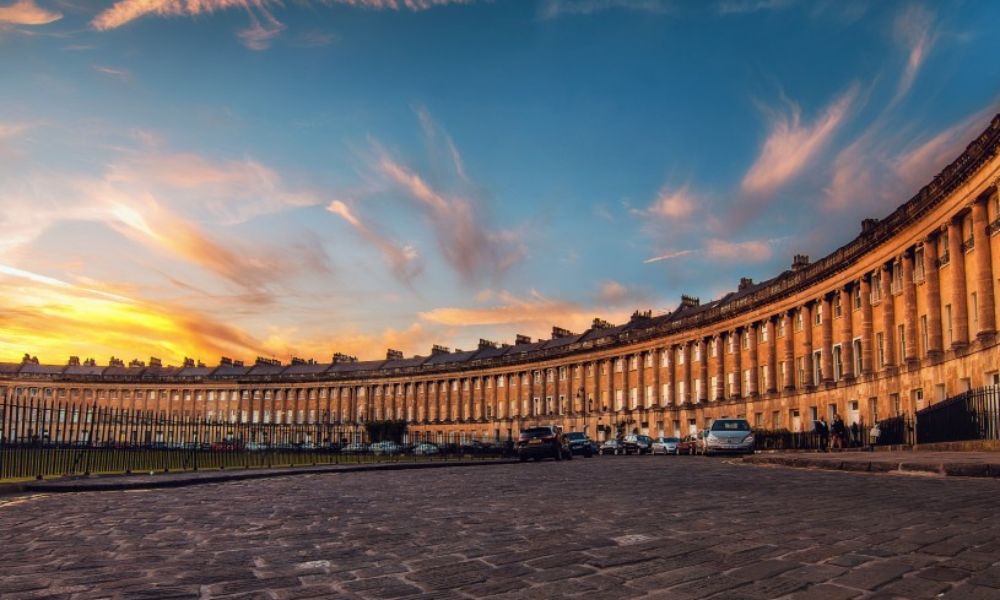
The City of Bath – a UNESCO World Heritage Site – plays an important part of the Cotswolds history and is famous the world over for its Roman Baths and majestic Georgian architecture. Often called ‘The Golden City’ due its construction from the characteristic Cotswolds yellow limestone, The Circus and The Royal Crescent are two of the most well-known, prestigious and sought-after addresses in the UK. Visit the fabulous Palladian-style Pulteney Bridge and the Gothic Abbey, take in the ancient Roman Temple of Sulis Minerva, sample the ‘curative’ but malodorous spa waters and, to contextualise it all, browse the museum.
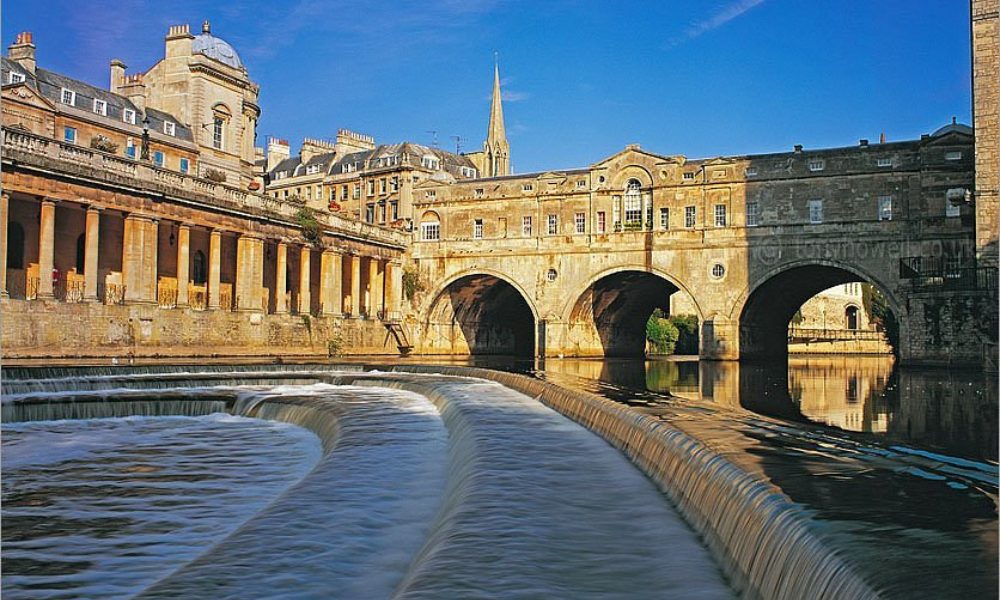
Leave Bath and head North-East towards Malmesbury near the heart of The Cotswolds. In this his coronation year, there couldn’t be a better time to explore the Royal Gardens at King Charles’s private residence, Highgrove.
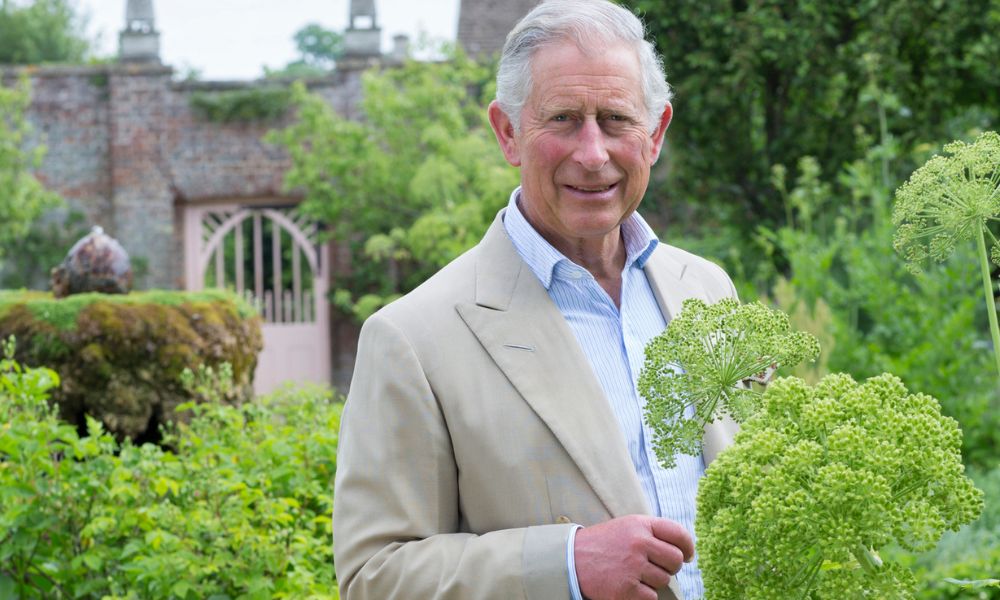
And Harry Potter fans will definitely want to explore the Gothic grandeur of Gloucester Cathedral whose corridors were used for filming many Hogwarts scenes.
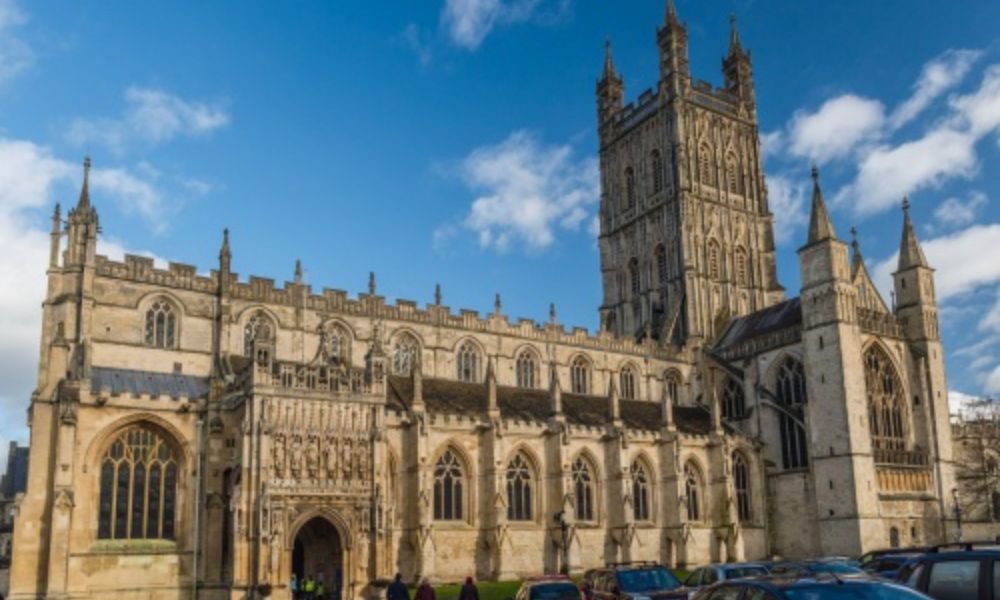
From Gloucester, head East towards Cheltenham. Perhaps better-known for its race course, Cheltenham is a spa town that boasts Regency architecture at its finest. During the period from the end of the 18th and into the early 19th century, the town became a popular destination where the great and the good would come to partake of its sulfurous waters. Nowadays, those brave enough to sample them can do so at the majestic Pitville Pump Room… though nose-holding may be in order!
From Cheltenham, bear North West and you’ll arrive at the Medieval market town of Tewkesbury. Situated where the Rivers Avon and Severn meet, Tewkesbury was the site of one of the decisive battles in the Wars of the Roses and is marked by an annual festival throughout the town on the second weekend of July. While there, be sure to absorb the Norman splendour of Tewkesbury Abbey.
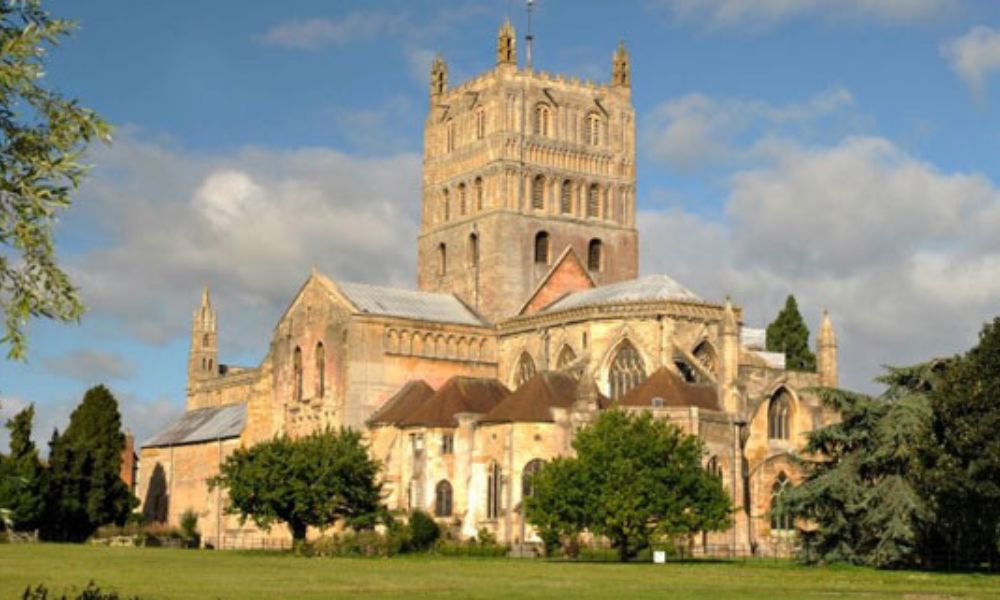
From Tewkesbury head East through the lively towns of Stowe-on-the-Wold and Chipping Norton and you’ll arrive at Woodstock, site of the fabulously Baroque Blenheim Palace and the most easterly point in The Cotswolds. Churchill’s birthplace and ancestral home – and currently domicile to the Duke of Marlborough – the palace and grounds on the outskirts of Oxford are open to the public. Entrance fees apply.
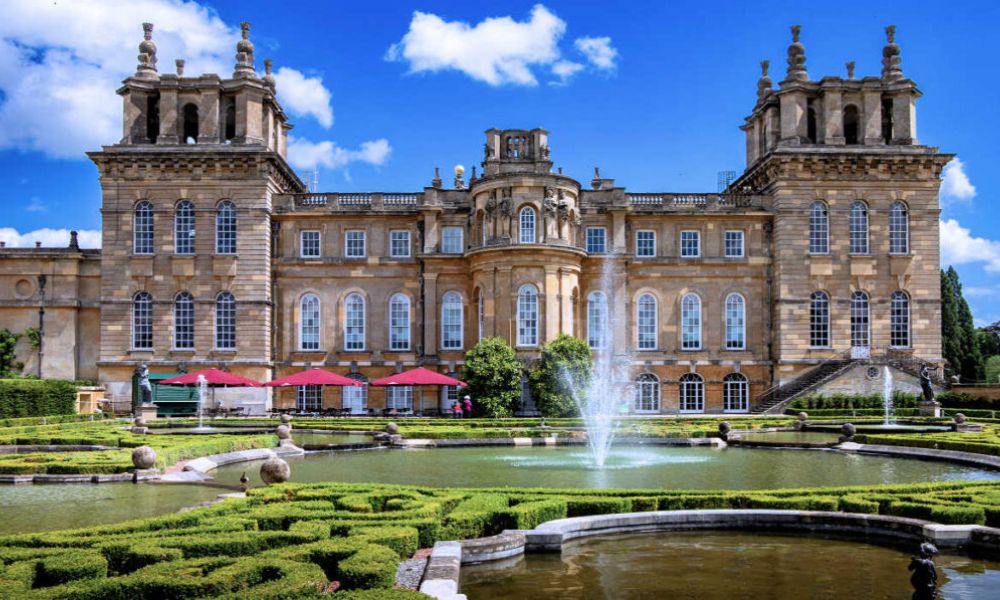
Sweeping west from Woodstock will see you arrive at Chedworth Roman Villa. One of the largest and most elaborate Roman discoveries in Britain to date, the 4th-century National Trust building features amazingly intact exposed mosaic floors.
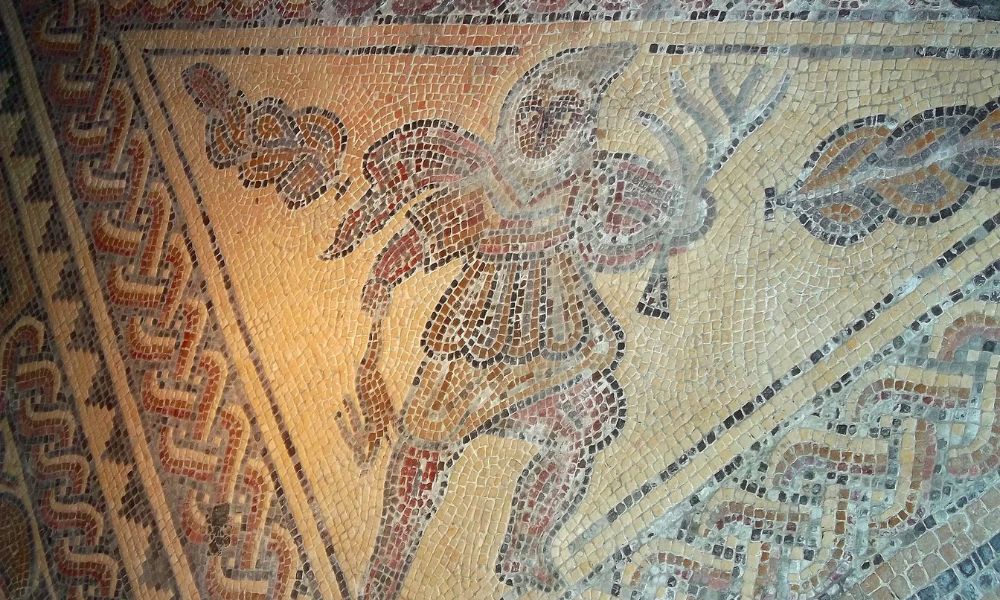
Cirencester – or Corinium as it was known in Roman times – is the largest town in The Cotswolds. Lying just south of Chedworth and known as the Roman capital of The Cotswolds, amateur and professional romanophiles alike will delight in the collection on display at the town’s Corinium Museum.
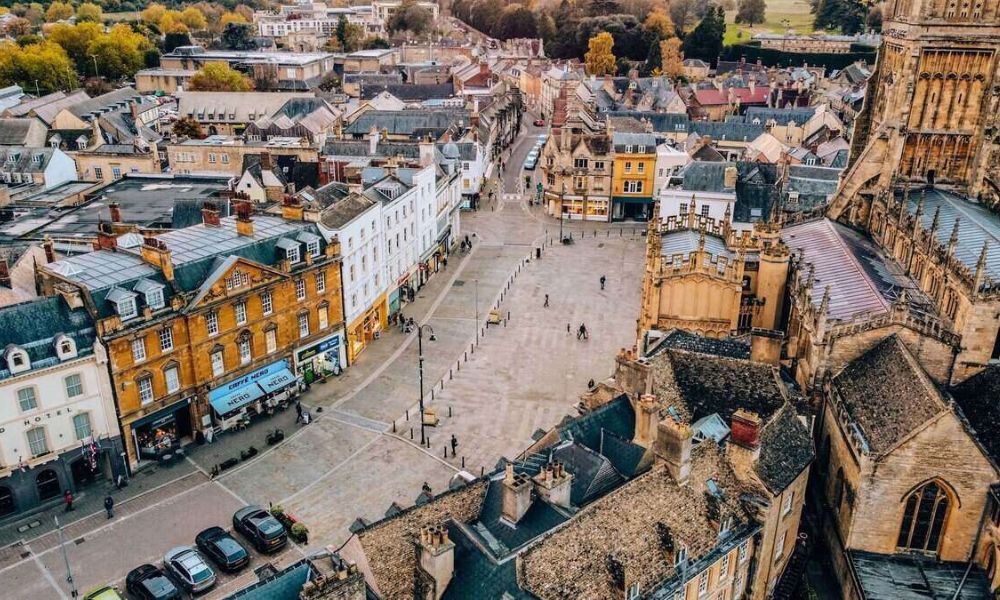
As this is just a highlight of Cotswolds History and the major historical sites in The Cotswolds, you’re sure to find each market town or cultural site along the way boasting more trinkets of historical interest.
If you’re planning a trip to the Cotswolds, check out our collection of Cotswold accommodation and book your perfect stay today! You can also find out more about what to do in the Cotswolds by browsing out Cotswold guide.
